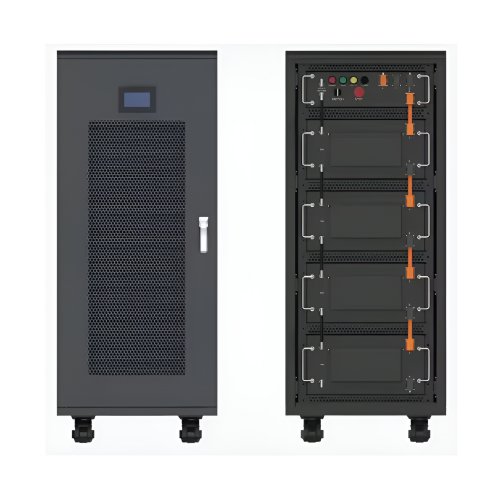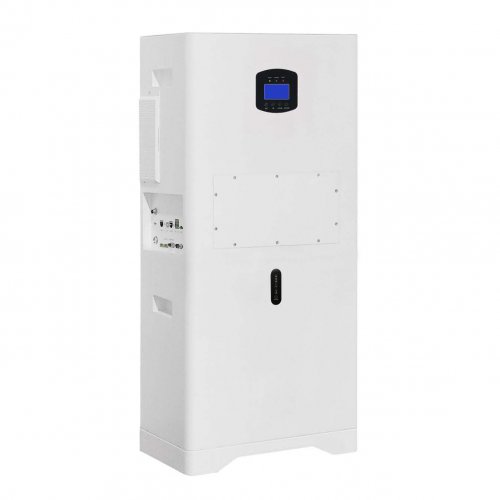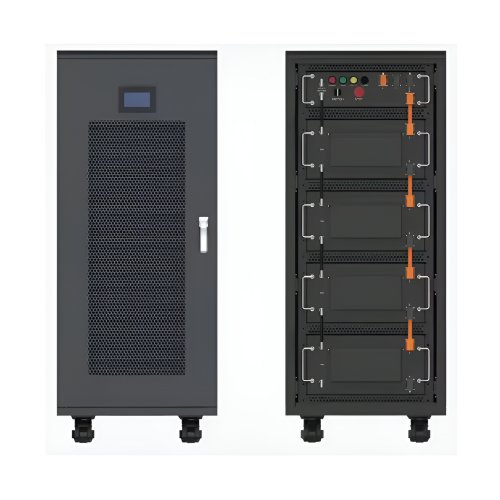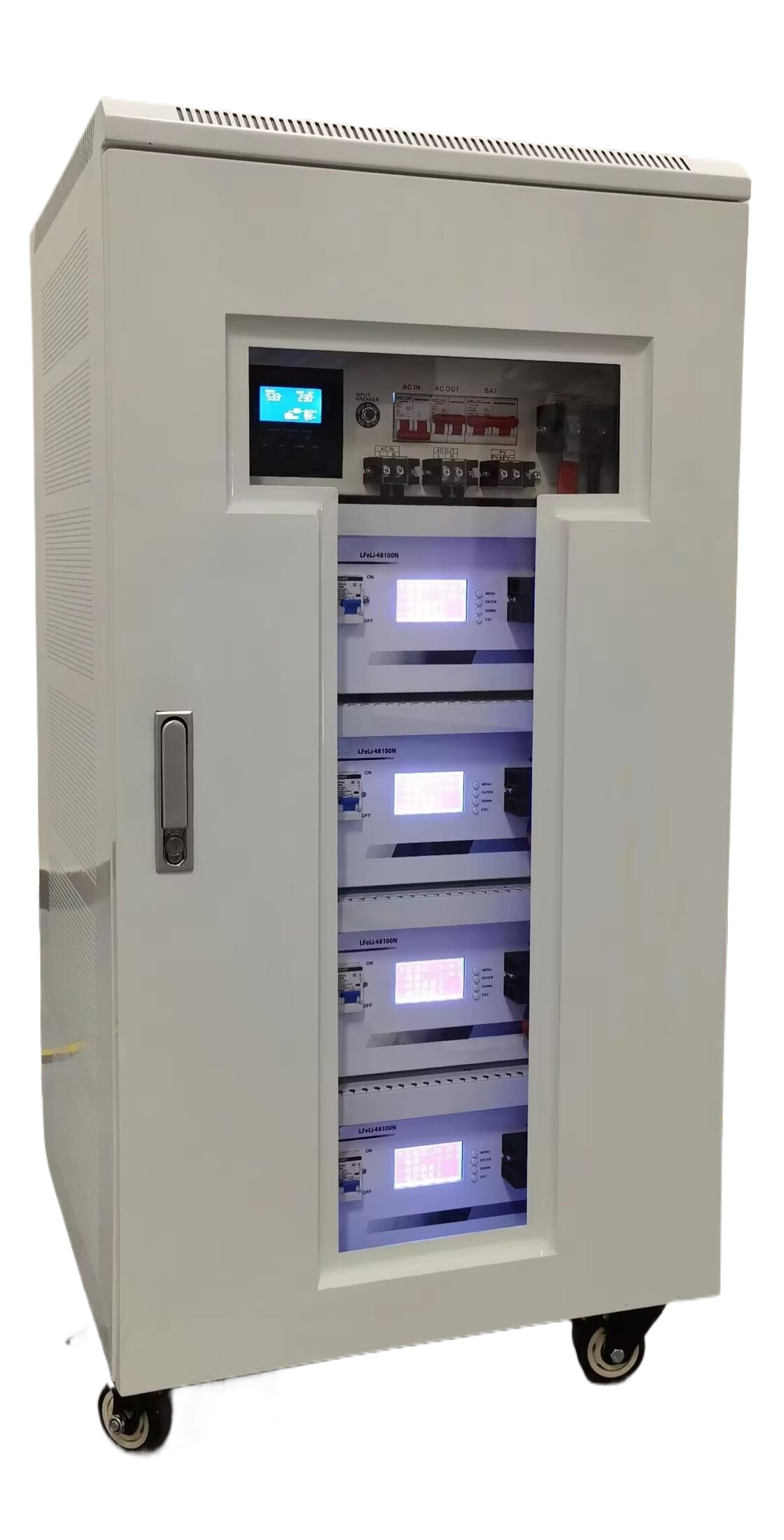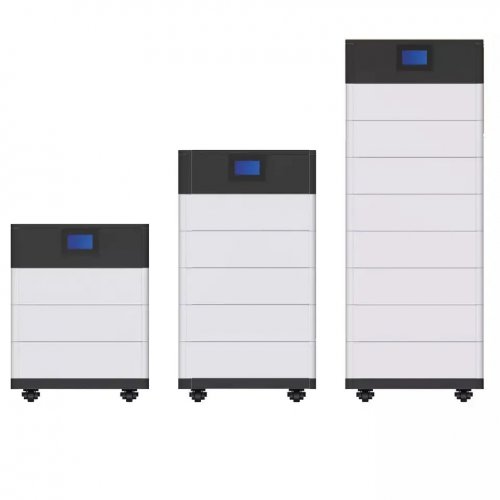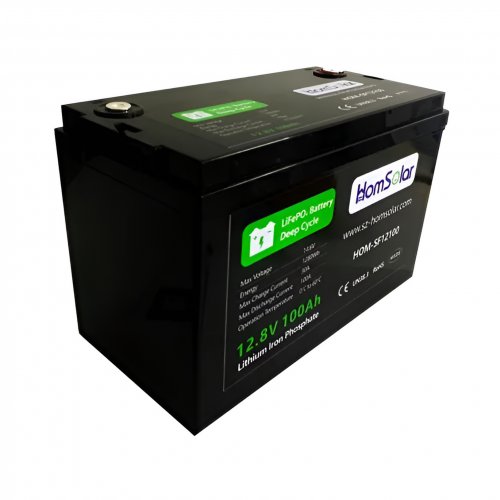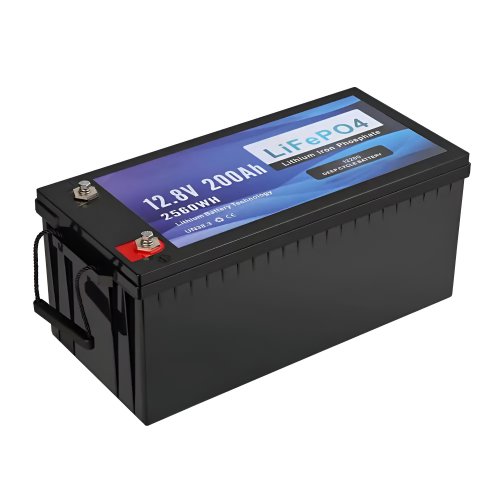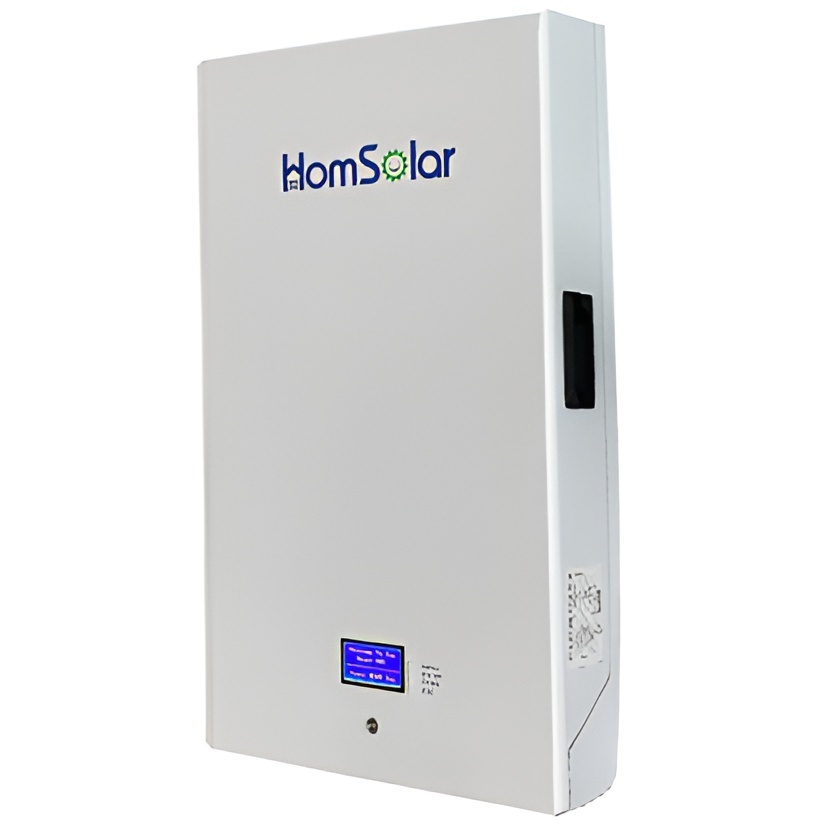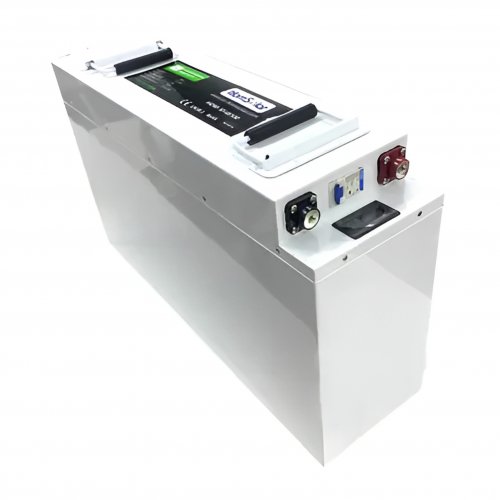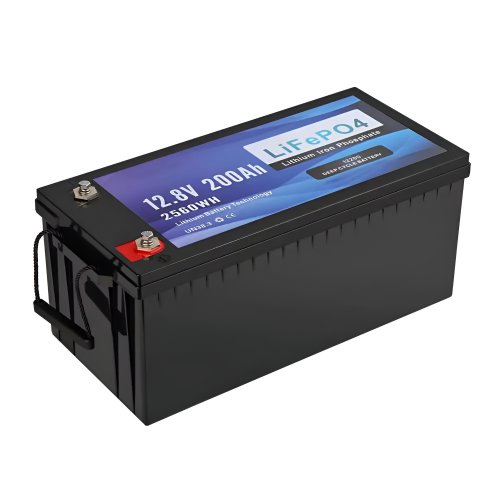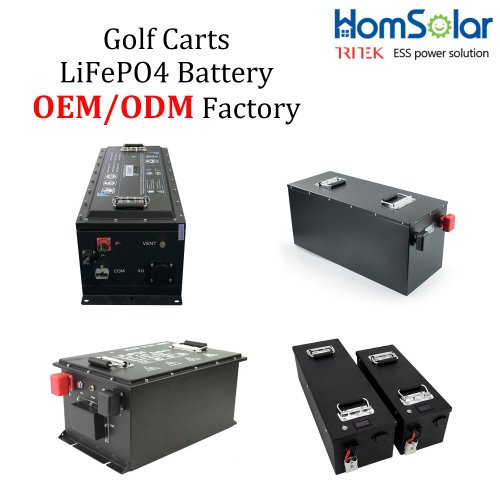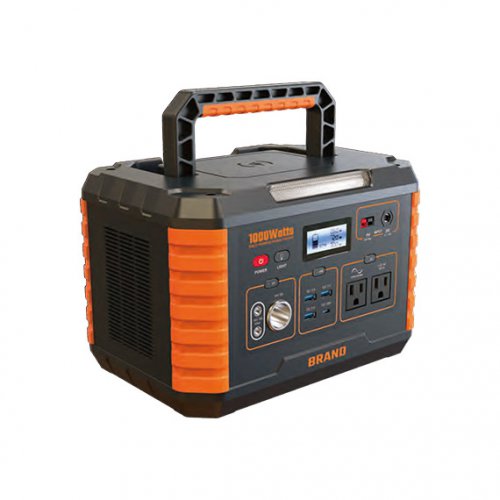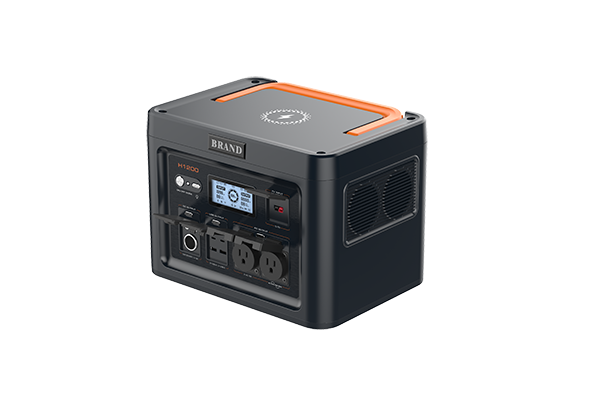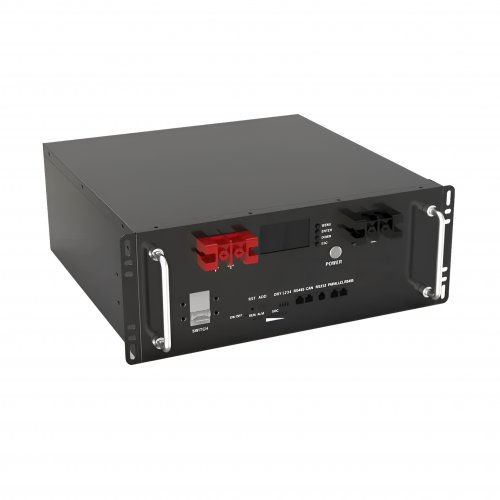Grid Storage News: Breakthroughs And Challenges In The Evolving Energy Landscape
The global energy transition is accelerating, and grid storage has emerged as a critical enabler of renewable energy integration. As nations strive to meet decarbonization targets, advancements in battery technologies, policy shifts, and innovative business models are reshaping the grid storage sector. This article explores the latest industry developments, key trends, and expert insights on the future of energy storage.
Recent months have seen significant milestones in grid storage deployment and innovation. In the U.S., the Inflation Reduction Act (IRA) continues to drive investment, with over $5 billion allocated to grid-scale storage projects in 2024 alone. Meanwhile, Europe’s energy crisis has spurred unprecedented demand for storage solutions, particularly in Germany and the UK, where grid operators are prioritizing resilience against supply fluctuations.
China remains a dominant player, accounting for nearly 40% of global grid storage capacity additions in 2023. The country’s focus on sodium-ion batteries—a cheaper alternative to lithium-ion—has gained traction, with major manufacturers like CATL announcing mass production plans.
In Australia, the world’s largest battery storage facility, the Waratah Super Battery, is nearing completion. With a capacity of 850 MW/1,680 MWh, the project underscores the growing role of storage in stabilizing grids with high renewable penetration.
1. Hybrid Storage Systems Combining multiple storage technologies—such as lithium-ion batteries paired with flow batteries or thermal storage—is gaining popularity. These hybrid systems optimize performance, longevity, and cost-efficiency, addressing the limitations of single-technology solutions.
2. Second-Life Batteries As electric vehicle (EV) adoption grows, repurposing used EV batteries for grid storage is becoming a viable option. Companies like B2U Storage Solutions are already deploying second-life batteries in California, offering a sustainable and cost-effective alternative to new installations.
3. AI and Digitalization Artificial intelligence is transforming grid storage management. Predictive analytics and machine learning algorithms are being used to optimize charging cycles, extend battery life, and enhance grid stability. Startups like Stem Inc. are leading the charge with AI-driven storage platforms.
4. Policy and Market Reforms Regulatory frameworks are evolving to accommodate storage’s unique role in energy markets. The EU’s revised Electricity Market Design (EMD) proposal, for instance, includes provisions for storage participation in capacity mechanisms, while the U.S. Federal Energy Regulatory Commission (FERC) is pushing for faster interconnection processes for storage projects.
Industry leaders emphasize both the opportunities and challenges ahead.
Despite rapid progress, the grid storage industry faces hurdles. Supply chain disruptions, permitting delays, and financing barriers remain persistent issues. Additionally, the lack of standardized regulations across regions complicates large-scale deployment.
Environmental concerns also loom large. While batteries enable cleaner energy, their production and disposal raise sustainability questions. Researchers are exploring alternatives, such as solid-state and organic flow batteries, to mitigate these impacts.
The grid storage market is projected to grow at a CAGR of 20% through 2030, driven by falling technology costs and rising renewable energy adoption. As innovation accelerates, the focus will shift toward scalability, sustainability, and seamless grid integration.
For policymakers, investors, and energy providers, the message is clear: grid storage is not just an option—it’s a necessity for a resilient, low-carbon future. The coming years will test the industry’s ability to deliver on its promise, but the momentum is undeniable.
Stay tuned for further updates as the grid storage revolution unfolds.
Customized/OEM/ODM Service
HomSolar Supports Lifepo4 battery pack customization/OEM/ODM service, welcome to contact us and tell us your needs.


HomSolar: Your One-stop LiFePO4 Battery Pack & ESS Solution Manufacturer
Our line of LiFePO4 (LFP) batteries offer a solution to demanding applications that require a lighter weight, longer life, and higher capacity battery. Features include advanced battery management systems (BMS), Bluetooth® communication and active intelligent monitoring.

Customised Lithium Iron Phosphate Battery Casing
ABS plastic housing, aluminium housing, stainless steel housing and iron housing are available, and can also be designed and customised according to your needs.

HomSolar Smart BMS
Intelligent Battery Management System for HomSolar Energy Storage System. Bluetooth, temperature sensor, LCD display, CAN interface, UART interface also available.


Terminals & Plugs Can Be Customized
A wide range of terminals and plugs can be customised to suit the application needs of your battery products.

Well-designed Solutions for Energy Storage Systems
We will design the perfect energy storage system solution according to your needs, so that you can easily solve the specific industry applications of battery products.



About Our Battery Cells
Our energy storage system products use brand new grade A LiFePO4 cells with a battery lifespan of more than 4,000 charge/discharge cycles.



Applications in Different Industries
We supply customized & OEM battery pack, assemble cells with wiring, fuse and plastic cover, all the cell wires connected to PCB plug or built BMS.
Applications: E-bike, Electric Scooter, Golf Carts, RV, Electric Wheelchair, Electric Tools, Robot Cleaner, Robot Sweeper, Solar Energy Storage System, Emergency Light, Solar Power Light, Medical Equipment, UPS Backup Power Supply.
We can provide you with customized services. We have the ability to provide a vertical supply chain, from single cells to pack/module and to a complete power solution with BMS, etc.


HomSolar (Shenzhen) Technology Co., Ltd







